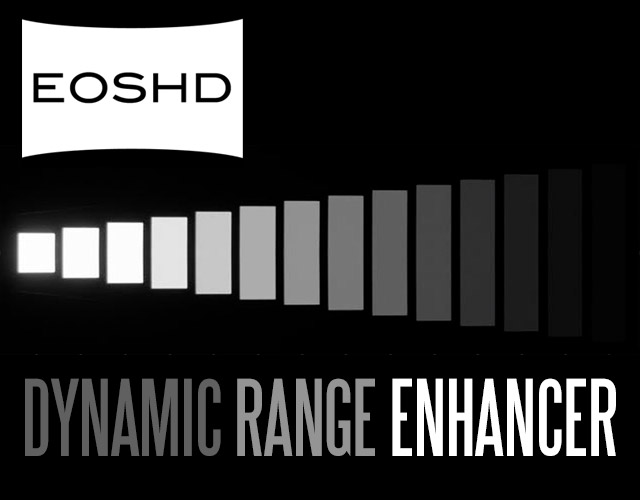Novel Moire reduction technique
-
Similar Content
-
- 4 replies
- 3,640 views
-
Mosaic Engineering are about to release anti-moire filters for BMCC and Pocket
By Axel,
- BMCC
- BlackMagic
- (and 3 more)
- 0 replies
- 2,834 views
-
- 8 replies
- 11,880 views
-
- 14 replies
- 11,320 views
-
- 3 replies
- 2,296 views
-







Recommended Posts
Join the conversation
You can post now and register later. If you have an account, sign in now to post with your account.
Note: Your post will require moderator approval before it will be visible.